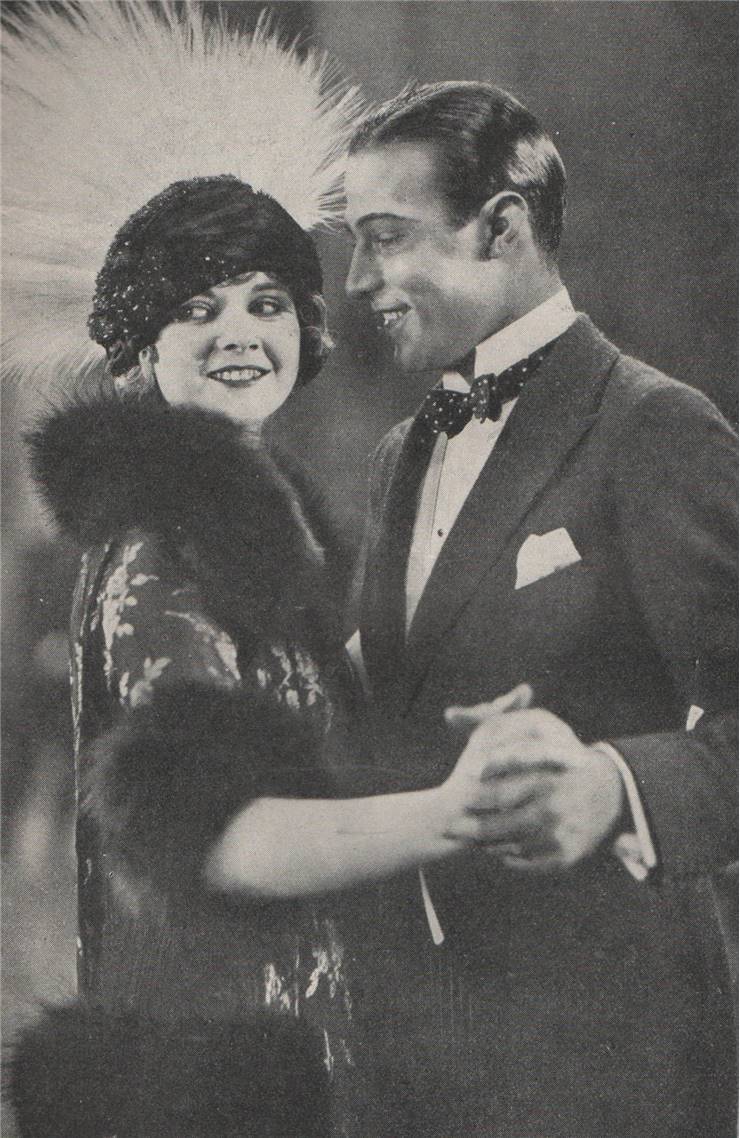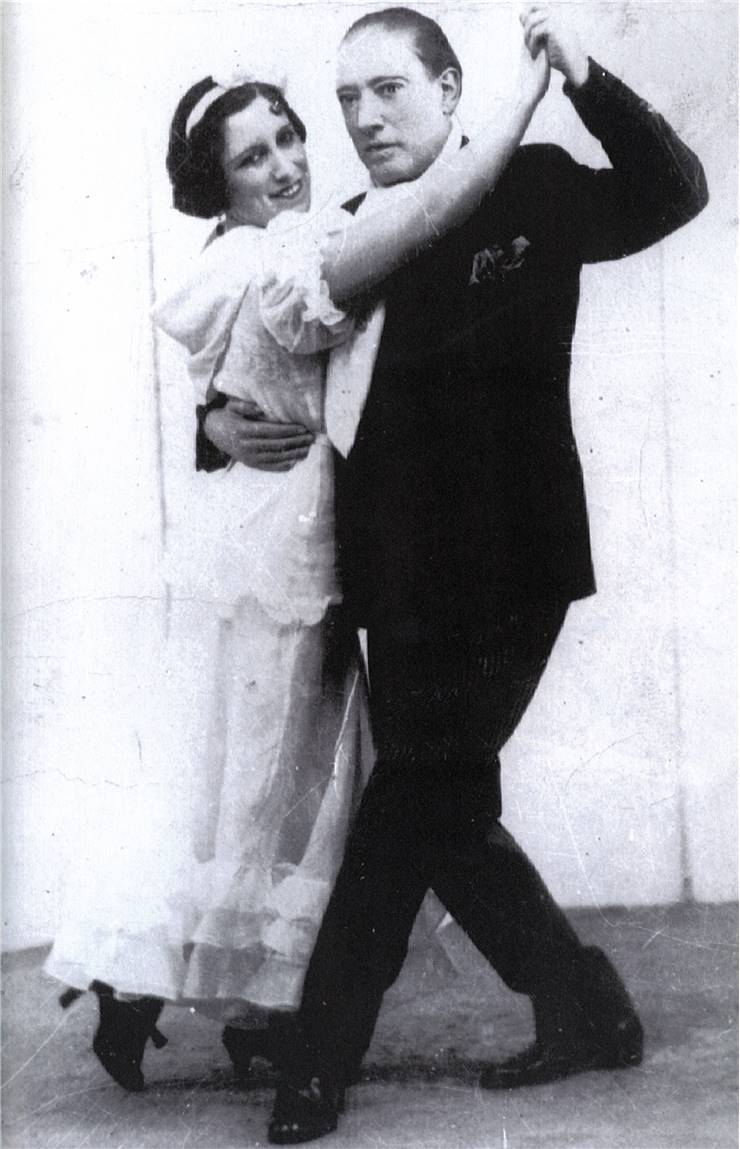Tango History - Origin and Characteristics of Tango
Tango is one of the most influential and famous dances of the modern history, originating from the streets of 18th century Buenos Aires in Argentina and Montevideo in Uruguay as the favorite dance of the European immigrants, former slaves, working and lower classes of people. The quick rise in its popularity enabled this famous dance to quickly expand out of South America, becoming a commonplace in Europe, North America and the rest of the world. With the rich history, numerous types and styles, and incredible appeal, tango dance remains one of the most popular dances in the entire world.
Tango Etymology
The exact origin of the word ‘tango’ cannot be located entirely, and many modern historians believe that several events and words shaped the name of this dance. Some of the most popular theories is that tango signified some other style of music that was popular in 17th and 18th century Argentina and Uruguay, that was taken from Spanish language where tango dancing (of a much different style than its modern version) become popular in the 19th century, or that it was taken from some Niger-Congo languages of Africa.

No matter what its exact origins are, the words “ tango” and “tambo” started being used for naming dance and musical gatherings of slaves in the region of the basin of River Plata. As this term started gaining popularity, it quickly became a synonym for the entire tango dance and tango music style.
First historical record of the word “tango” can be found in the government proclamation in Argentina dated to 1789, in which authorities place a ban on “tango” musical gatherings that were frequented by slaves, lower classes of free people living in the port areas of Buenos Aires. The commonplace use of the word Tango in Argentina gained traction around 100 years later, near the very end of 19th century.
Origin of the Tango Dance
There are two types of tango dance practiced today -original Argentinian tango, and Spanish Andalusian Tango (danced by single women) that reached Central America during conization period.
Countless influences of native and European cultures formed the origins of Tango
Original tango was given birth by the mix of styles that were brewing in the port cities and lower-class districts of Buenos Aires and Montevideo. The early versions of the dance are not recorded in history, and only the most popular type of dance managed to survive as Traditional Argentine Tango, which also continued to morph and change into other styles over the many years of modern tango’s history.
It is important to mention that the initial burst of popularity of Tango dance was fueled with the emotions of thousands of young immigrant men who arrived in Argentina searching for better life. Hundreds of their influenced re-shaped original tango into a modern form that managed to eventually capture the imagination of wealthier Argentine citizens, who managed to spread this incredible dance around the world, starting with their visits to Paris in the early 1900s where this dance quickly became an overnight sensation.
An early form of Tango is thought to be formed in Cuba and Spain in the mid-19th century where they were performed as a solo dance by women. Andalusian tango was performed by one or two pairs of women with castanets, with very strong public frowns and fears that this mix of tango and flamenco was immoral and very flirty.
History of Argentine Tango
The development of Tango as we know it today started in the mid-1800s after Argentina undergone massive immigration. A mix of the people from Africa, Spain, Italy, England, Poland, Russia and native-born Argentinian created a very potent cultural mix that soon started forming new traditions and a new way of life. One of those newly created things came from the mix of European minuet dances, polkas and many African influences that brought rhythms and instruments that formed Tango, a dance that very quickly became very popular in the poor neighborhood of Buenos Aires in the late 1880s where it was known as “music of the immigrants”. By mid-1800s, tango becomes a dance of choice during “conventillos ” gatherings (large houses owned by several families, which featured dance halls or open ground suitable for dance gatherings) in the booming city of Buenos Aires. Fueled by closed codes of those houses, particular language used during a gathering, the dance became more and more popular, eventually starting to be danced by actors on the stages of the theater houses.
Tango would never be born without the influences of immigrants who arrived in Argentina in 18th and early 19th century
By that point, the expansion of the tango’s popularity became unstoppable. The tango reached the core of the Buenos Aires and other large Argentinian cities, where people of all classes engaged in this dance that became energized with many more types of musical and cultural styles. By that time, the tango music became more and more developed, and dancers started appreciating now “traditional” tango instruments such as solo guitar, bandoneon “tango accordion” and ensemble bands (orquesta típica) that were made from at least two violins, piano, flute, double bass and two Bandoneons.
The popularity of the Tango grew in the 1st decade of 20th century, with over 1000 gramophone records and countless tango sheets being created in Buenos Aires alone. In the year 1910, history of tango was changed forever with the arrival of bandoneon from Germany to Buenos Aires, where it became inextricably linked with tango music from then on. In the 2nd decade, tango was featured on up to 5,500 gramophone records in Argentina.
Today it is believed that one of the first composers of Tango music was s Juan Pérez, who authored songs such as Dame la Lata (Give me my pay). Other popular early tango songs were El Tero and Andate a la Recoleta (Go away to Recoleta).
History of Tango in Other Countries
Tango craze did not stay in Argentina for long.In 1910 it reached New York and in 1912 Pairs. In both of those great cities, this dance brought true revolution to the ballroom floors. The expansion was not fueled this time by lower classes of dancers, but by wealthy Argentine youth who traveled to this hubs of modern society (NY in the Americas and Paris in continental Europe) and promoted this dance directly to the trendsetters who were craving for any new indulgences and were eager for innovation and change of fashion styles.
By 1913, Tango was one of the most popular dances in Paris, New York, and Paris. Other cities quickly followed, and soon tango was danced across entire Europe and North America , but there were some difficulties. Same as with the appearance of Waltz during the early Victorian era, the introduction of Tango was welcomed as distasteful and too flirty. This sentiment thankfully soon subsided, and high class of people soon started accepting it and promoting it with the exploits of famous dancers and musicians. With the arrival of Tango to the elegant dance floors of the best-known ballrooms all across the world, maintaining its popularity to today.

North American Tango
Tango was well-received in the United States where a brand new style of this dance was also developed. Named as “North American Tango”, this type of dance features faster tempos and uses 2/4 or 4/4 rhythms such as one-step. Usually, it is not even danced to the tunes of traditional tango music and can be enjoyed with other popular music styles. Today, traditional tango and North American tango are both well established and can be danced separately with their own firm dancing rules.
Uruguayan Tango
After the rise of tango popularity in the 1880s, Uruguay became one of the oldest places where tango was adopted and danced in public . Originally morphed in Montevideo from the influences of Buenos Aires Tango and various black music and dance styles, it eventually moved from the dance halls of slaves, ex-slaves, lower classes, working classes and even gangsters to the dance and theatre halls of Montevideo and other Uruguayan cities.
Today, Uruguayan tango dance is accompanied not only by tango music, but also styles such as Milonga, Vals and Candombe, and most popular tango dances are Al Mundo le falta un Tornillo, La Cumparsita, Vieja Viola, Garufa, Con Permiso, La Fulana, Barrio Reo, Pato and La puñalada.
One of the most famous and well known Uruguayan tango songs is “ La Cumparsita”, which was produced in 1919 by Montevideo composer and writer Gerardo Matos Rodríguez. Other famous Uruguayan tango musicians are Manuel Campoamor, Francisco Canaro, Horacio Ferrer, Malena Muyala, Gerardo Matos Rodríguez, Enrique Saborido, Carlos Gardel and others.
Finnish Tango
Tango arrived in Finland in 1913 by traveling musicians , where it immediately found great popularity that enabled it to not only stay but morph into a brand new form of Finish tango that has several differences from traditional Argentine or Ballroom tango styles. The defining characteristic of Finnish tango is reliance on minor keys, which closely follows the style and conventions of their folklore music, with lyrics being focused on the themes of sorrow, love, nature, and countryside.
The origin of this tango craze can be traced to the first local tango song that was produced in 1914 by Emil Kauppi, and first, finish tango tunes in the 1920s and 1930s. While initially Tango was danced mostly in Helsinki, it eventually became popular across the entire country, with several festivals being formed to celebrate the dance. Even today, over 100 thousand tango dancers visit Finish tango festivals, the most notably Tangomarkkinat festival in the town of Seinäjoki.

